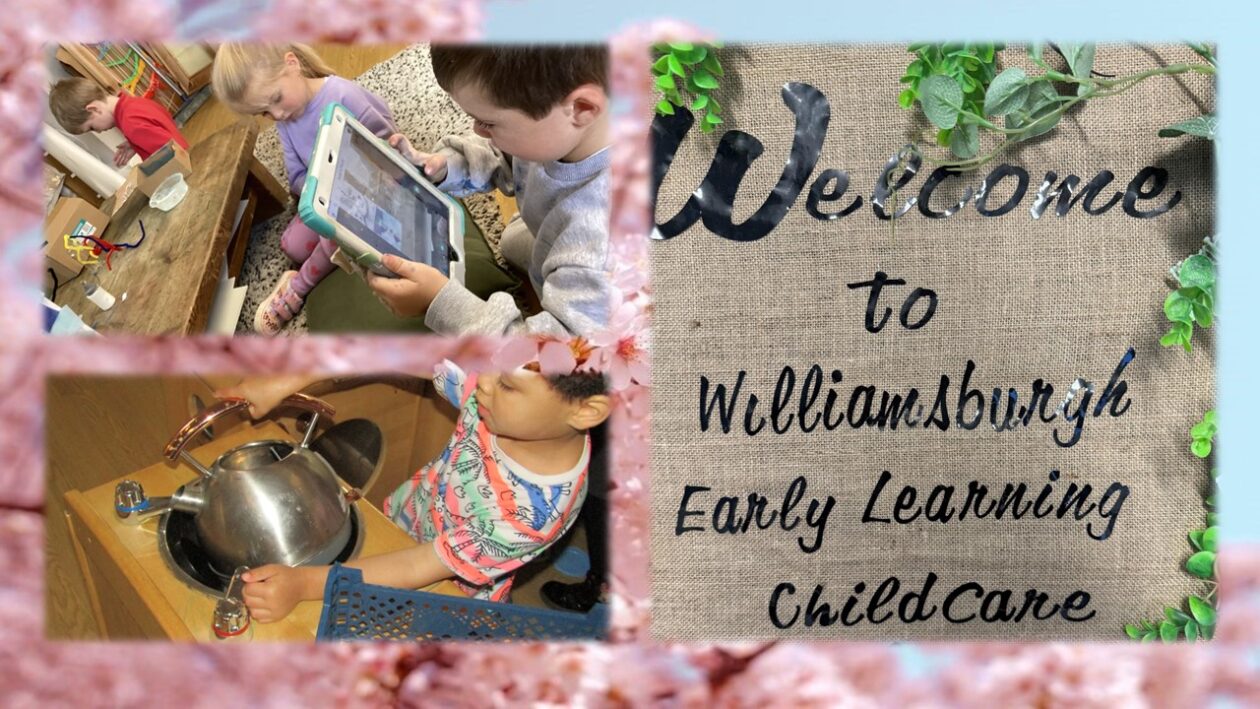Over the weekend I thought I would try a cool science experiment, It was AMAZING so I thought I would share it with you all.
You will need one egg, a clear jar or glass and some vinegar.

Next step is to add the vinegar into your jar and then gently add the egg (you want the vinegar to cover the egg)


Once you have added your egg, you will start to see bubbles appear on your egg, this is a chemical reaction between the vinegar which is an acid and the egg shell which contains calcium. The vinegar causes the egg to release carbon dioxide which creates the bubbles.

The egg has to stay in the vinegar for 48 hours- two whole days!!
The next morning your egg should have lots of bubbles on it and you will start to see the shell disappearing

The second day your egg will have very little shell left on it.

Once your 72 hours is over, gently take the egg out of the vinegar and run it under some water. gently rub the egg to get the rest of the brown shell off.

Once all of the shell is off you can see what the vinegar has done to the egg shell.


The vinegar has caused all of the calcium to float out of the shell (through the bubbles) causing the shell to become squishy.
You have to be very careful with your egg as it is very easily popped!!

Once the egg has popped you can see the shell is still there, if you rub the empty shell you can see little pieces of the egg on your fingers! HOW COOL IS THAT?

Leave us a comment and let us know if you try this experiment and how you got on. We cannot wait to hear from you.

















